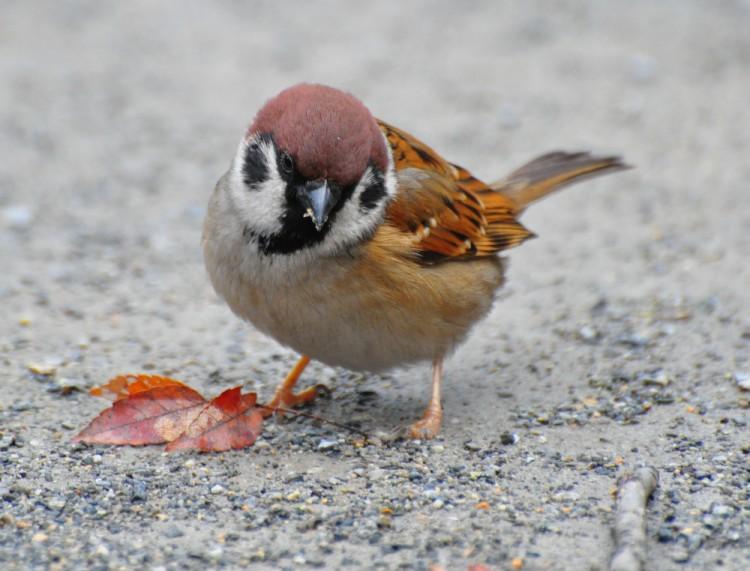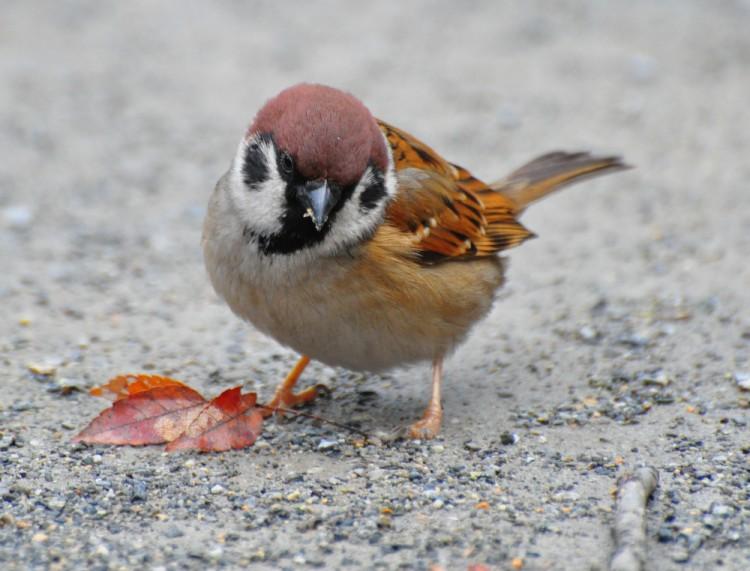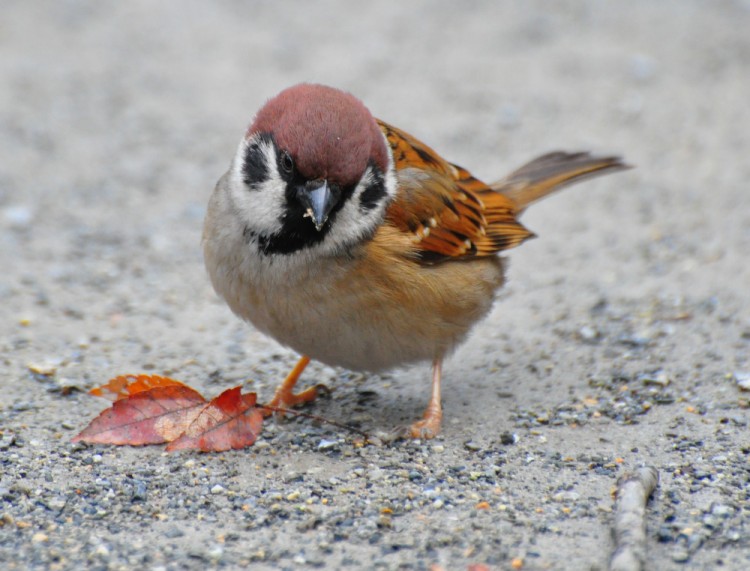Happy World Sparrow Day!
Sparrows are in the family Passeridae and occur in most parts of the world. Among the many different species, the house sparrow and Eurasian tree sparrow are the most common around human habitats.
According to Smithsonian.com, sparrows have been seen up on the 80th floor of the Empire State building as well as down in a mine nearly 2,000 feet underground.
Juvenile sparrows mainly feed on small insects, while the adults’ diet is more diverse and includes grains, weeds, and leftovers from humans.
Most species of sparrows are social and live in flocks. They like to bathe in dust, sand, water, and snow, and activity that can be participated by hundreds at a time. Group singing sometimes follows bathing.
World Sparrow Day, according to its website, “aims to provide a meeting ground for people from different parts of the world to come together and form a force that can play an important role in advocacy and in spreading the awareness on the need of conserving common biodiversity or species of lower conservation status.”
This year’s theme is “Chirp for the sparrow! Tweet for the sparrow!” It is a call to spread the word about the conservation of sparrows and other common species.
For more information about World Sparrow Day, visit http://www.worldsparrowday.org



